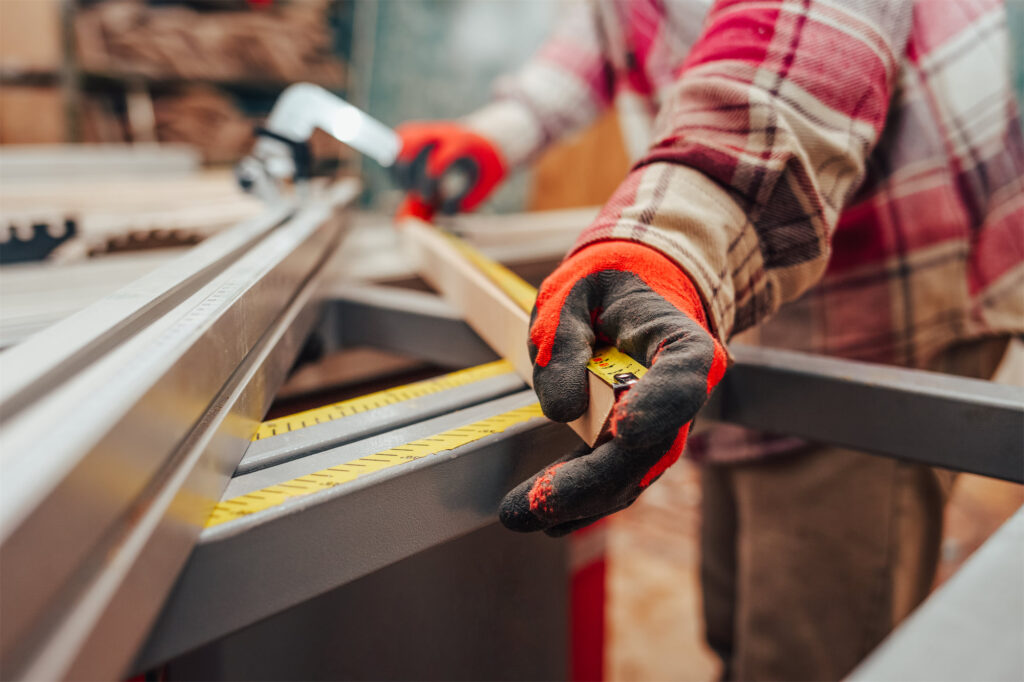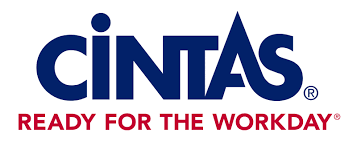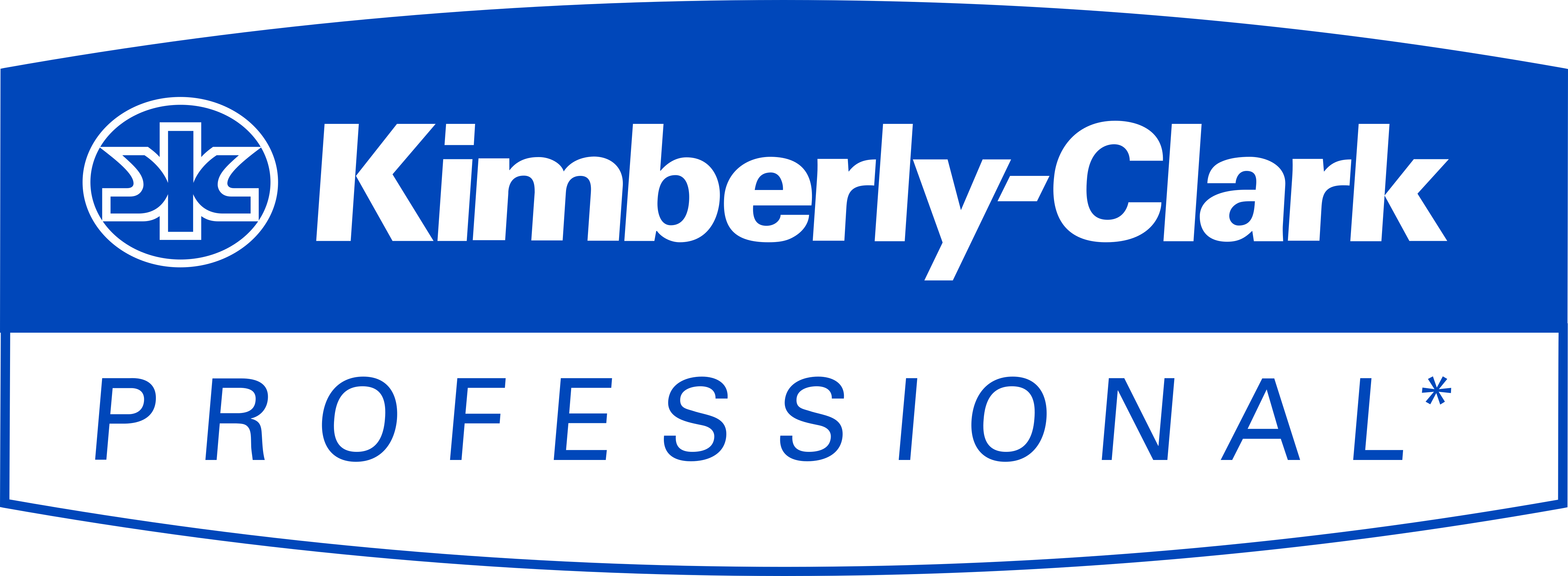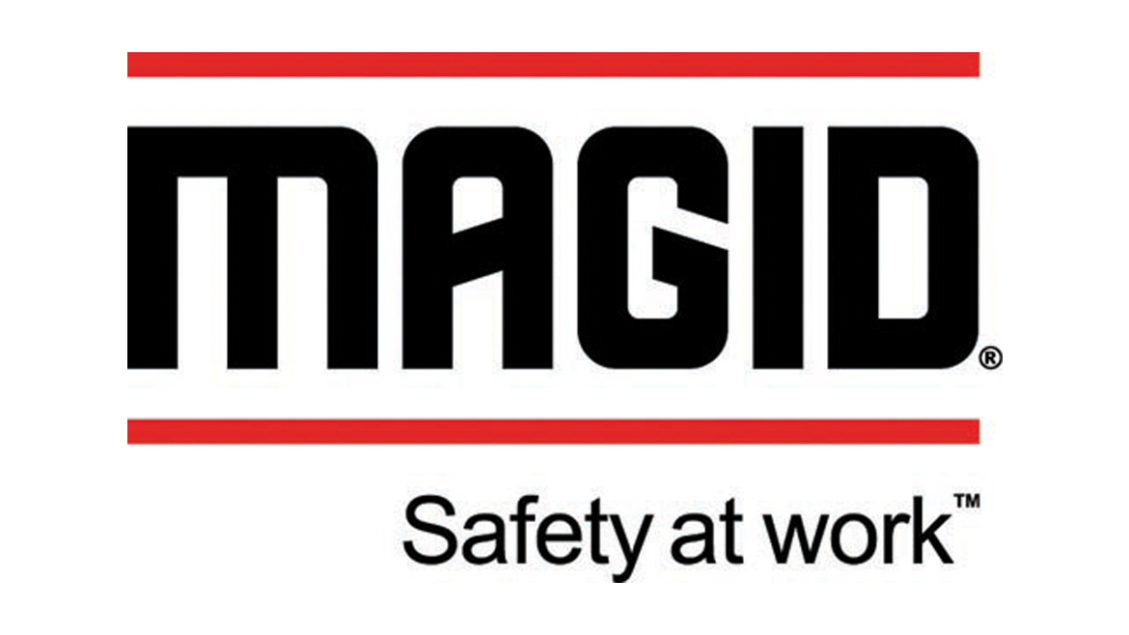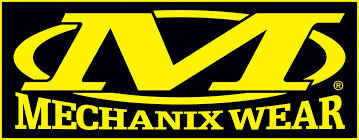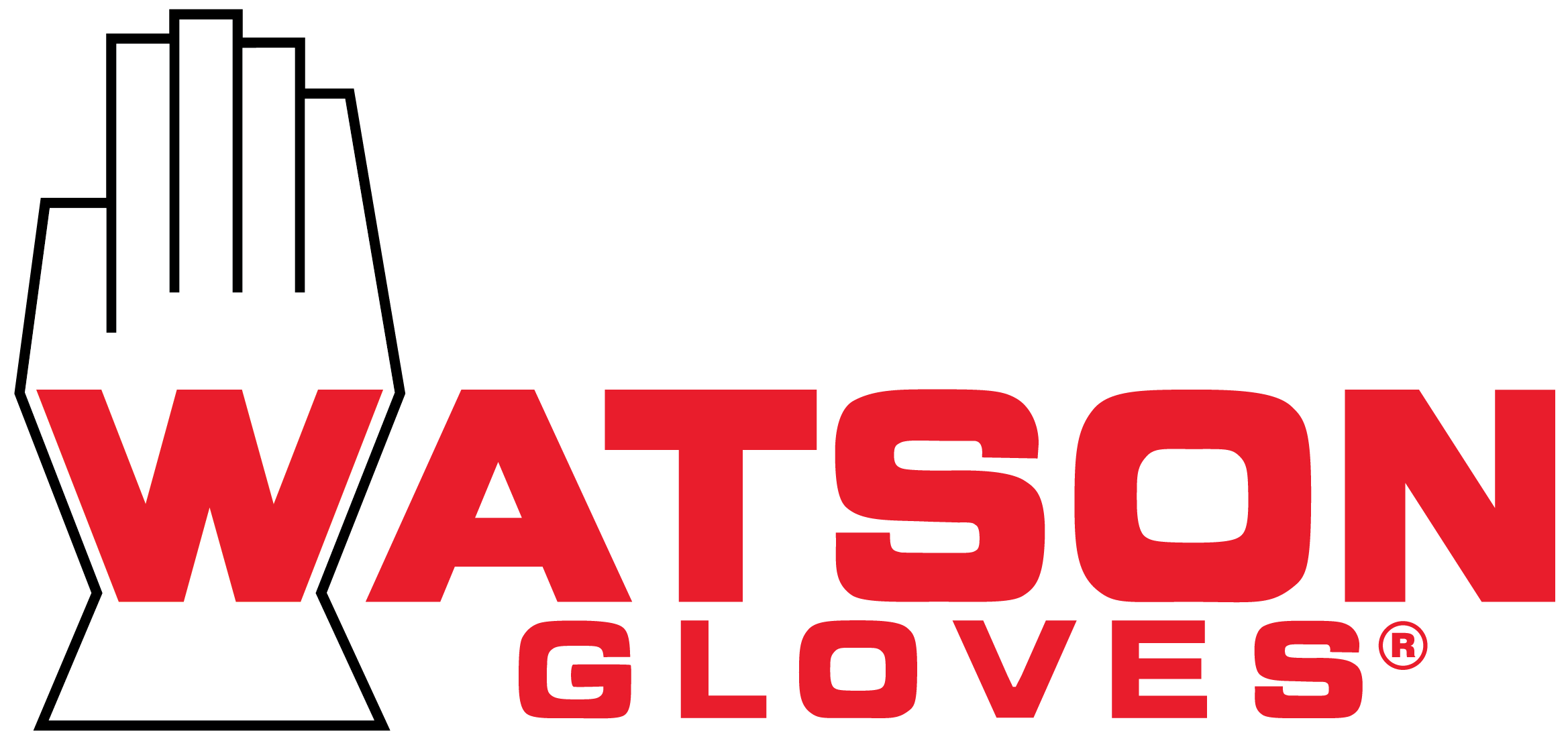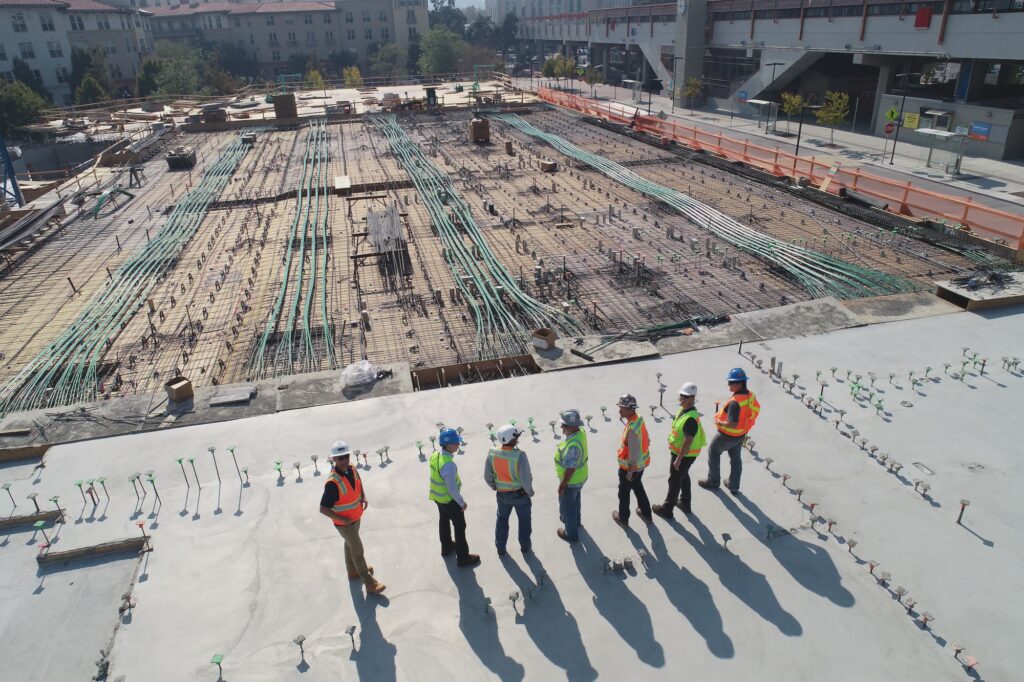Federal Standards and Regulation
The PPE standard for hand protection, 29 CFR 1910.138, specifies the selection criteria to be used when providing hand protection and ensures that employers provide their workers with PPE that is relevant to their work.
What should your glove protect against:
Impact
Hand-impact injuries are common, expensive and preventable.
Offshore oil and gas, construction, mining, manufacturing, warehousing and transport industries are particularly susceptible to hand-impact injuries.
White Paper: Selecting the Best Impact-Resistant Hand Protection
Cut
Understand the different levels of cut protection that various gloves provide.
- Levels A1, A2, A3 protect against scrapes.
- Levels A4, A5, A6 protect against cuts for which stitches would be required.
- Levels A7, A8 and A9 are meant to offer protection against brutal or extreme injuries.
Puncture
- Match the right protection to each hazard.
- For example, not all puncture-resistant gloves protect against needle sticks.
American National Standards
ANSI/ISEA 105-2016 American National Standard for Hand Protection Classification
Addresses the classification and testing of hand protection for specific performance properties related to mechanical protection (cut-resistance, puncture resistance and abrasion resistance), chemical protection (permeation resistance, degradation) and other performance characteristics such as ignition resistance and vibration reductions.
ANSI/ISEA 138-2019 American National Standard for Performance and Classification for Impact-Resistant Gloves
Establishes testing, classification, and labeling requirements that offer back-of-the-hand impact protection to address the gaps in appropriately evaluating the performance of a glove’s dorsal protection and assist employers in making informed product selections.
Resources
Standard Clarification: Abrasion testing for leather glove
Standard Clarification: Testing protocol for evaluating gloves to determine the appropriate classification for abrasion testing
Calculator: Laboratory Cut Resistance Template
ISEA is represented on the following standards committees and panels:
- ANSI A10 – Safety Requirements for Construction and Demolition Operations
- ANSI Z49 – Safety in Welding and Cutting
- ANSI Z10 – Occupational Health and Safety Systems
- ASTM F23 – Committee on Protective Clothing
- NFPA Technical Correlating Committee – Fire & Emergency Services Protective Clothing & Equipment
- NFPA Technical Committee on Hazardous Materials Protective Clothing and Equipment
- US TAG to ISO TC 94 – Personnel Safety – Protective Clothing and Equipment, SC13 – Protective Clothing
